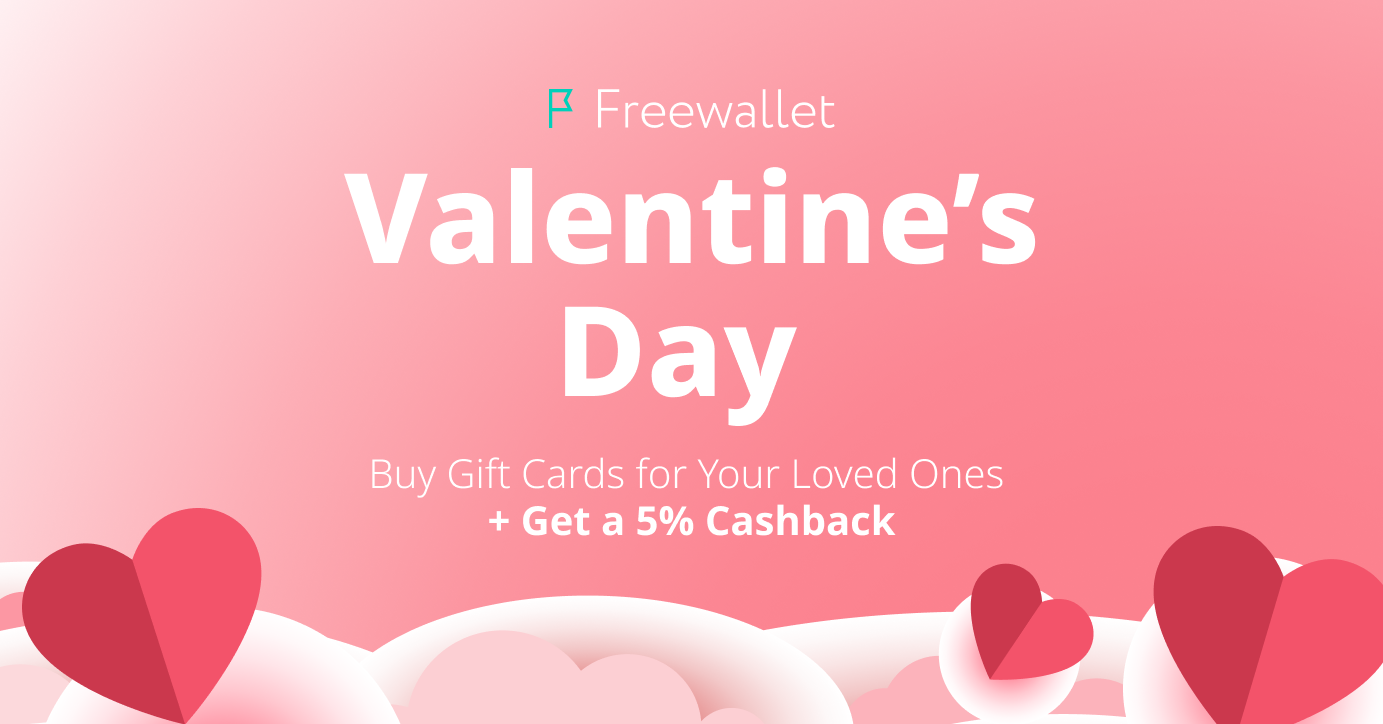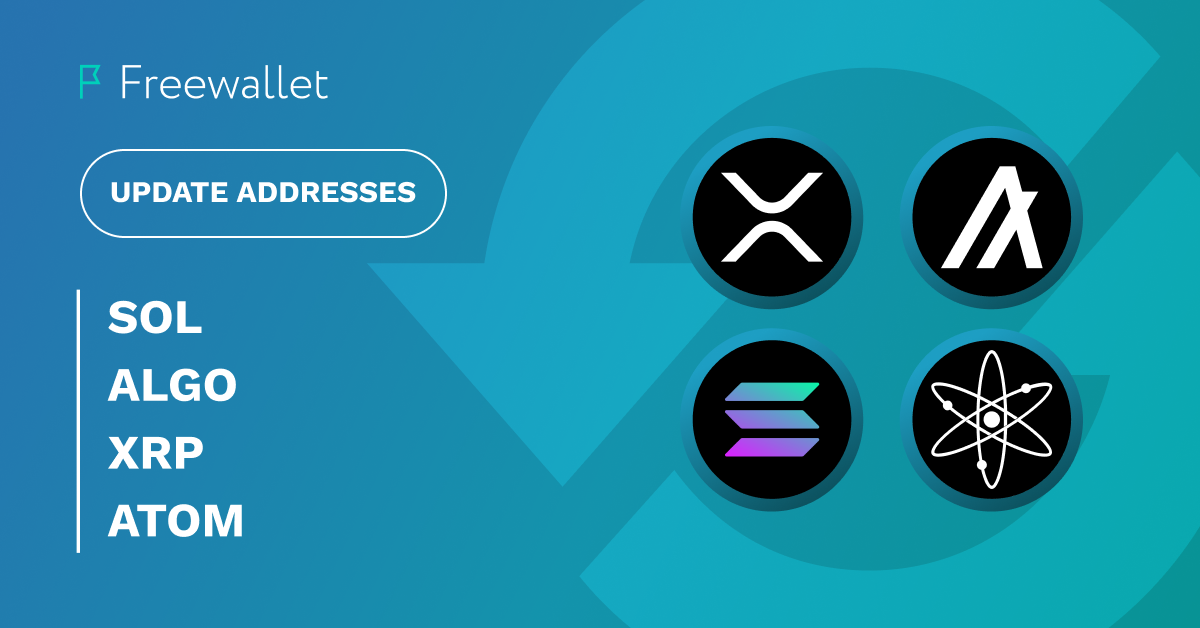
Cryptocurrencies emerged as a potential replacement of traditional money and a banking system. However, in reality digital money co-exists with fiat currencies pretty peacefully. At certain instances cryptocurrencies even work for banks (Ripple is probably the best example).
One of the reasons why crypto is yet to replace fiat money is that not enough people are eager to participate in this transition. Crypto adoption is an ever discussed topic in the crypto community. Ironically, one of the proven drivers of adoption is making cryptocurrency and its infrastructure as similar to fiat money and banking infrastructure as possible.
For people who feel reluctant to dive deep into the fully digital crypto realm, Bitcoin ATMs (or BTMs) may be a safe way to onboard the “blockchains revolution.” The reason is clear: nothing reminds of old-fashioned banks better than metal kiosks of ATMs. Their image all alone can help some people feel more confident when approaching the idea of using Bitcoin.
This article explains what Bitcoin ATMs are, how to use them, where to find one, and answers crucial questions about BTMs.
What is a Bitcoin ATM (BTM)?
Bitcoin continues to rule the cryptocurrency world from day one. For over a decade it remains the most popular cryptocurrency, it has the highest price among all crypto coins, it has the biggest market cap, it is supported on most crypto platforms, and is registered as legal tender in El Salvador. The price movements of Bitcoin shape the entire crypto market behavior.
Image source: Vancouver Is Awesome
Bitcoin ATMs are the machines resembling regular ATMs. The main difference is that it allows people to make operations with BTC. You can exchange your fiat money for BTC that will hit your crypto wallet. Or alternatively you can exchange your BTC for fiat money that you will be able to carry with you right away.
As cryptocurrencies get more popular, the number of Bitcoin automated teller machines is growing. The first BTMs were set in Canada and Europe in 2013. The next year Bitcoin ATMs appeared in the USA and Mexico. The pioneering machines faced various technical and legal issues, however, gradually the BTM business became more stable. These days, Bitcoin ATMs are found in dozens of countries. Usually Bitcoin ATMs follow the laws common for regular ATMs.
Unlike fiat money ATMs, BTMs may require you to have your driver’s license or ID and a cell phone with you in order to make transactions, especially when it comes to the large-amount transactions.
How to Use a Bitcoin ATM?
Most BTMs offer such features as buying and selling BTC. Additionally you can be offered to redeem a voucher. The exchange rate is normally displayed on the screen of an ATM.
Usually the first step is identification via a code sent to your cell phone. In some instances you will have to scan your ID.
If you want to buy BTC, you should choose the range in which you wish to have your crypto. Then, you will need to enter a public key to your BTC wallet. Most ATMs have an option of scanning a QR code with your wallet address.
If you don’t have a BTC wallet, the kiosk may print a paper wallet for you. Paper wallet is a piece of paper with public and private keys for your BTC wallet printed on it. It has these keys in a form of QR code and as strings of characters as well. It is advisable to use QR code to avoid errors that may occur if you try typing keys manually. These errors will result in loss of money.
Another option for those who don’t have a BTC wallet is downloading and installing a wallet right on the spot. We’ll speak about a trustworthy app that may be useful in a separate chapter. And finally it is possible to deposit the BTC you purchase right on the crypto exchange balance.
After providing a wallet address, you will need to insert cash into the BTM. The amount of the inserted cash will be displayed on the screen as well as the receiving wallet address. As the needed amount is inserted you should tap the Done button and keep a receipt. A few minutes after a purchase BTC coins will hit your wallet address.
Not all the BTMs support selling BTC. To sell BTC you should do the following:
- Choose the option Sell BTC
- Scan your wallet address QR code or insert it manually
- Verify your identity (you will need a cell phone and sometimes ID, a photo, or even fingerprints)
- Send crypto from your wallet
- After sending BTC you will get cash immediately or after confirmation that your crypto reached the balance of the receiving party
There are several things you should bear in mind while using BTMs:
Be patient and double-check all the data you insert as Bitcoin ATMs don’t do refunds. If you send money to a wrong address or type a wrong address to receive BTC, you will lose your funds
Beware of scams! If anyone is asking you to buy BTC for them or send them a picture of your paper wallet, don’t do it. Remember that you cannot pay bills via Bitcoin ATMs. If someone says you can, it is a fraud.
Pros & Cons
Now let’s take a look at the pros and cons of using Bitcoin ATMs.
Pros
BTMs are intuitive and convenient: Most people have an experience of using fiat money ATMs, so they will probably easily get along with BTMs.
Buying and selling BTC via BTMs is easy: As you can see the process is pretty straightforward and takes only a few steps to complete.
Bank cards are not needed: in the unbanked countries people usually have smartphones and cash but no bank accounts. BTMs allow them to perform quasi-bank operations without using a bank. On top of it, if the machine doesn’t require identification, you can stay anonymous.
Cons
High costs: Bitcoin ATMs usually collect fees ranging from 7 to 12 percent per transaction.
Strict limits: Most BTMs don’t allow users to perform transactions over a few thousand dollars.
No anonymity: The chance of finding the Bitcoin ATM that doesn’t require identification is low. If you want to stay anonymous, BTMs won’t fit you.
Where to Find a Bitcoin ATM?
Most Bitcoin ATMs are located in cafes and in the transport like airports, railway stations, etc. As of July 2024, Bitcoin is supported by nearly 40,000 crypto ATMs around the world. 35,000 are located in North America.
Image source: Bitcoin ATM radar
There are various online services that show you BTMs in your area on the map. To find a BTC ATM in your area you can visit Bitcoin ATM radar, choose the place and look for nearby BTMs. You can filter crypto ATMs by supported currencies, supported operations, and other factors.
Keep Your Crypto Safe with Freewallet Web3 Wallet
If you are not sure what crypto wallet you should use for your BTC, consider using a self-custody Web3 wallet by Freewallet. This wallet gives full control over funds to people as private keys never leave a user device. It saves your crypto funds from numerous risks.
Image source: Freewallet
At the same time, Web3 wallet has a lot to offer its users. The wallet is capable of storing, managing, and transferring over 1,000 cryptocurrencies across 15 blockchains.
As web3 wallet by crypto wallet is non-custodial it doesn’t collect your email and other personal data. Therefore, you can create a new wallet really quickly which can be useful if you are standing behind a BTM.
Conclusion
Aside from anonymity issues and high fees, Bitcoin ATMs are pretty convenient and easy in use. As they look like and act like regular ATMs, they make transition to cryptocurrency quite easy.
Most of them are concentrated in North America, however some machines can be found in Africa, Europe, and other regions as well.
Related
Stay tuned
Subscribe for weekly updates from our blog. Promise you will not get emails any more often.
Most Popular
New Posts
Stay tuned
Subscribe for weekly updates from our blog. Promise you will not get emails any more often.






